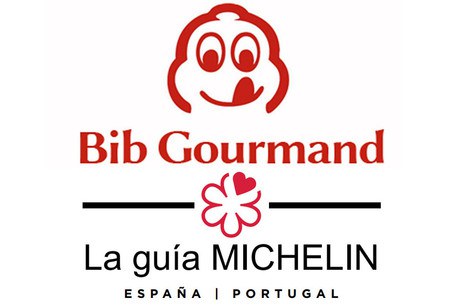The French Way of Santiago is the one with the greatest historical tradition and also the busiest and most recognized of all the existing ones. Doing the Camino is an experience of self-improvement that helps to get to know oneself and other pilgrims, but it is also an authentic gastronomic journey. The great flow of pilgrims from all over Europe over the centuries has forged a cultural exchange between the various regions, where gastronomy and wine have also played a prominent role.
At the VISIT GastrOH! destination, we propose the “The flavors of the Camino de Santiago” trip, an original way of doing this gastronomic itinerary, passing through towns and regions famous for their cuisine to discover traditional and authentic gastronomy, getting to know the cradle of numerous products and a universe of flavors in its dishes.
Surely you will hear more than once other pilgrims say “How good you eat here!” But that’s not all, you can also visit producers, industries and markets, experience the gastronomic atmosphere of the streets of our towns and cities, where wine and gastronomy are part of the culture.









